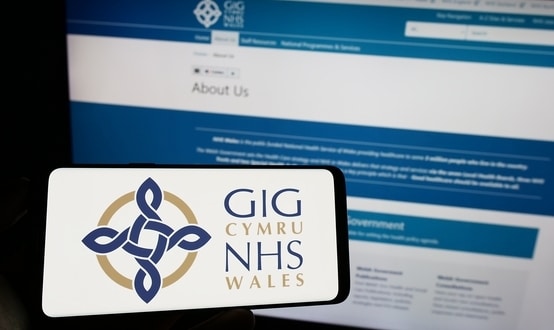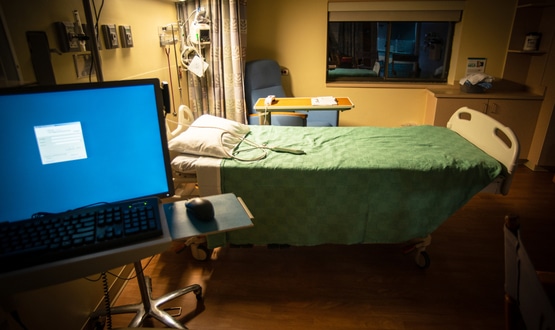Stats tool tracks quality improvement
- 8 March 2016

A specialist cancer hospital has helped to develop a statistical tool for clinicians to track quality improvement.
The Christie NHS Foundation Trust has worked with business intelligence provider Trustmarque Solutions on the tool, which can detect the impact of quality improvement measures.
Scutari generates statistical process control charts that allow clinicians and managers to differentiate between random variation and variation that is statistically significant. This allows them to track whether service changes have a positive, neutral or negative effect.
Dan Tibble, head of BI and software development for The Christie in Manchester, said: “health services data is very complex and it can be very difficult to see natural variation using traditional tools and bar charts.
“The Scutari tool helps us pick out non random events against the noise of random variation. It plugs into [Trustmarque’s] Tableau software and gives us an extra visualisation on top.”
Since the launch of Scutari in January The Christie has used SPC to investigate patient admissions data, such as length of stay, bed availability and discharge times, and understand the impact of service changes.
“By using SPC charts to understand the data, we are beginning to see positive improvements,” said Tibble.
SPC charts are also being used in chemotherapy to track changes in process that have financial implications. They will also be used during the roll out of a new pharmacy system this spring.
Mr Tibble said: “SPC charts will allow us to see any unexpected impact. It is a way to study whether there is no change as much as to study whether there is change.”
SPC has been used in industry since the 1930s although it is relatively new to healthcare. The Christie, which has invested in developing a data science team, is increasingly using statistical modelling to track quality improvement.
Scutari takes this statistical capability to clinicians and managers who can now rapidly generate colour-coded SPC charts in a matter of minutes, rather than the hours it took previously to create them manually. The charts can be updated daily.
Tibble said: “Within our BI team, we are always looking at how data can improve everyday operations and processes. SPC is central to this, however we recognised that this needed to move beyond being a time consuming Excel-based process if we wanted to effectively monitor and measure variations in any given metric.
Nathaniel Van Gulck, Trustmarque’s BI solutions architect, said: “SPC charts have been used for decades in the manufacturing industry to improve quality, reduce waste and costs. These same techniques are now entering the healthcare sector, however adoption to date has been patchy and slow.
“Too often the tools used to create SPC charts are confined to an analyst’s desktop with no way to effectively share or refresh them with the hospital staff who need to know. With Scutari working in tandem with Tableau, front-line healthcare staff can be provided with the information they need, and a simple framework to make the best decisions.”




